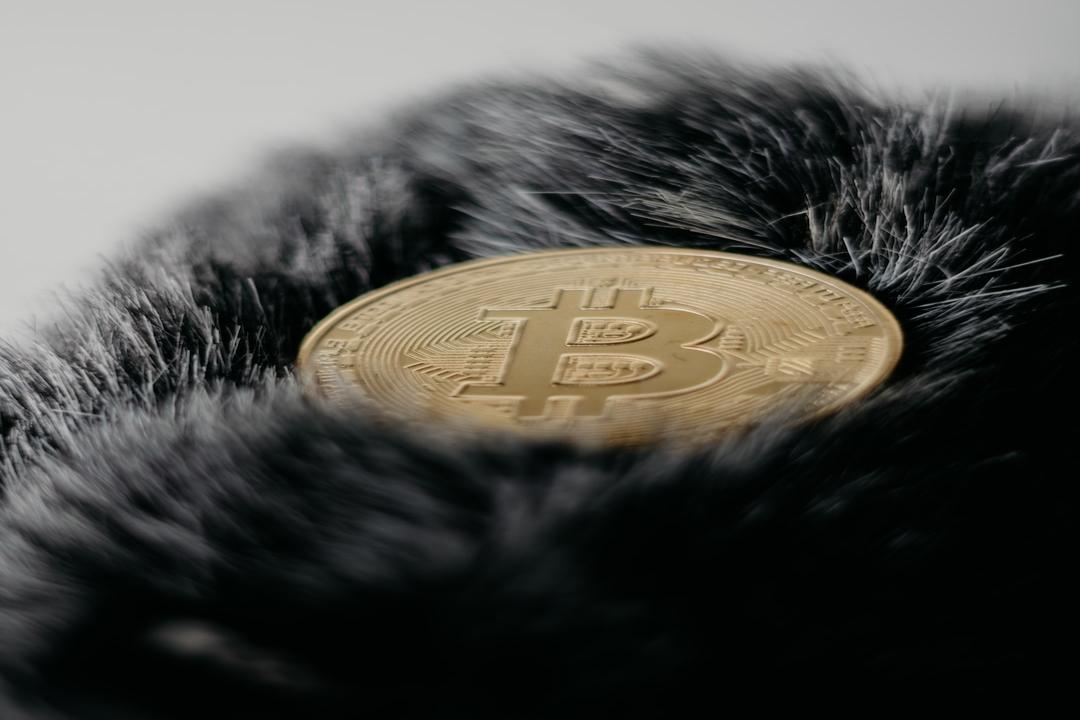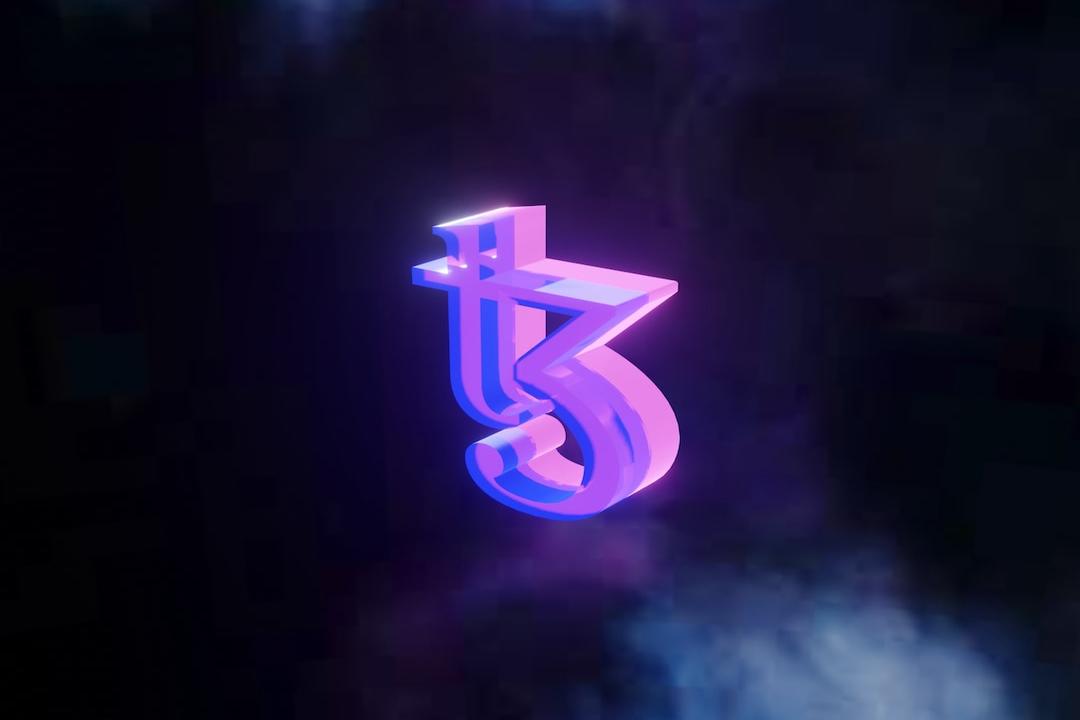In the past week, Ethereum has performed remarkably, reaching $3,442 yesterday, marking a four-month high with a cumulative increase of over 31%. This surge has attracted market capital and renewed interest in Ethereum; however, the funding rate has simultaneously hit an eight-month high, prompting investors to be wary of the risk of a price correction below $3,200.
(Background summary: ETH to soar? The U.S. Ethereum spot ETF saw a net inflow of $295 million in a single day, setting a historical record.)
(Supplementary background: The “Chain Launch Craze” will see Ethereum domain names issued via its own Layer 2 “Namechain” next year, with ENS prices surging over 20% upon hearing the news.)
Since Donald Trump’s election as president, the cryptocurrency market has been on a continuous rise, with Ethereum hitting $3,442 yesterday (12th), a new high since July, and soaring over 31.3% in the past week.
In the last 12 hours, Ethereum has fluctuated between $3,200 and $3,300, reporting at $3,275.8 before the press deadline, down 1.41% in nearly 24 hours.
Ethereum’s impressive performance over the past week has driven market capital back into Ethereum, while investors are closely monitoring the risk of a pullback below $3,200.

During the rebound in the past seven days, the ETH positions in the futures market have increased. According to CryptoQuant data, the total open interest (OI) for Ethereum in the derivatives market rose from 9.8 million ETH on November 5 to 13.2 million ETH on November 11, setting a new historical high with a growth rate of 34.69%.
Although the high OI indicates potential for greater volatility and necessitates caution from investors, many traders have expressed optimism. Trader Alan tweeted: “ETH has finally reached a new high in open interest for futures, indicating renewed interest in this king of altcoins.”
Trader Olek, sharing the same viewpoint, noted that the rising OI for Ethereum signifies increased liquidity and market participation. He added:

On the 10th, Ethereum briefly outperformed Bitcoin in terms of growth, attracting more market funds towards Ethereum, with trading volume at one point surpassing that of Bitcoin.

With Ethereum’s remarkable rise being evident, activities on the Ethereum blockchain have also increased, with the number of daily active addresses (DAA) rising from 306,751 on November 5 to 388,350 on November 12, a growth of 26.6%.

Moreover, DappRadar data shows that Ethereum’s Dapp trading volume, transaction count, and NFT transaction volume have increased by 41.18%, 11.33%, and 89.02%, respectively, over the past week, indicating active network activity on Ethereum, which will provide support for its price.

Ethereum’s impressive gains have also attracted traditional financial capital. SoSoValue data indicates that the total net inflow for the Ethereum spot ETF on November 11 reached $295 million, marking the largest single-day net inflow in history and breaking the previous record of $106 million set on the day the Ethereum spot ETF was launched on July 23.
CoinShares data also shows that in the week ending November 8, the total inflow for Ethereum-related investment products was $157 million, bringing the year-to-date inflow to $915 million, with managed assets reaching $12 billion. CoinShares commented:

The high bullish demand for Ethereum has also led to its 8-hour funding rate soaring past 0.054% (monthly 6.1%), setting an eight-month high. Investors are questioning whether the excessive leverage in Ethereum futures might increase the risk of its price correcting further below $3,200. 
However, compared to the peak funding rate of 11% in March when Ethereum broke $4,000, the current funding rate does not seem overly exaggerated.
Additionally, assessing trader sentiment from the perspective of the Ethereum options market can be done by observing the 25% Delta Skew indicator. This indicator primarily measures market participants’ demand for protection against price declines. When the Delta Skew exceeds 6%, it indicates that arbitrage traders and market makers are charging higher premiums for downside protection (put options), suggesting increased market concern over downside risk. Conversely, when the Delta Skew falls below -6%, it indicates heightened bullish sentiment in the market. Data shows that Ethereum investors currently maintain a neutral stance, as the Delta Skew indicator has not dropped below -6%. This implies that while there has been an increase in demand for Ethereum futures recently, this phenomenon does not reflect the overall market sentiment. If the broader market were to exhibit a more optimistic sentiment, a 6.1% monthly funding rate could pose a risk, but that is not the case currently.




